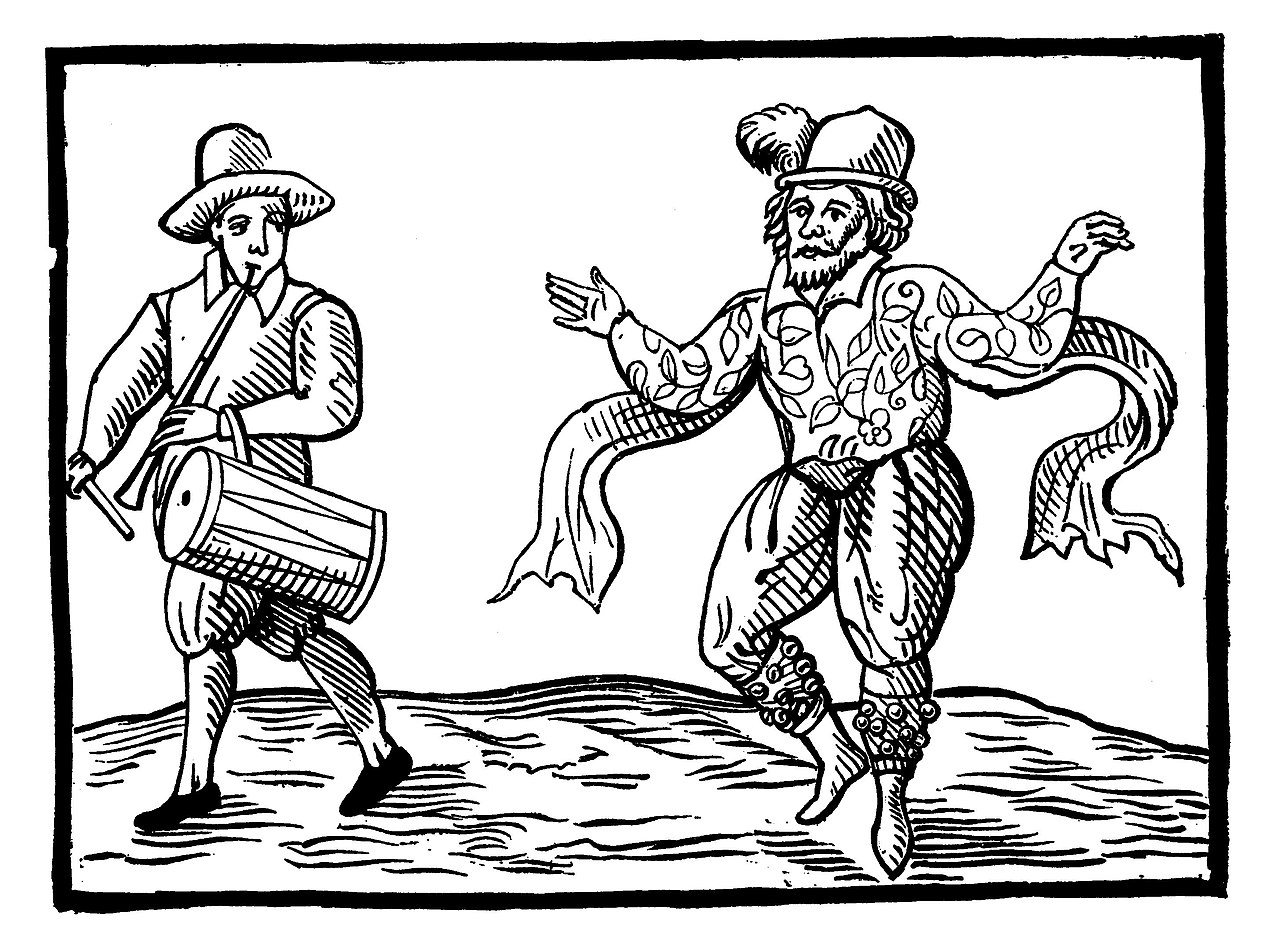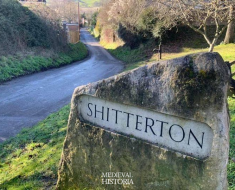The earliest known reference to Morris dancing in England dates to 1448, when the Goldsmiths’ Company of London paid for a “Moryssh daunce” as part of a public pageant.
It’s a tradition that’s jingled its way across the centuries…but not without ruffling a few feathers along the way!
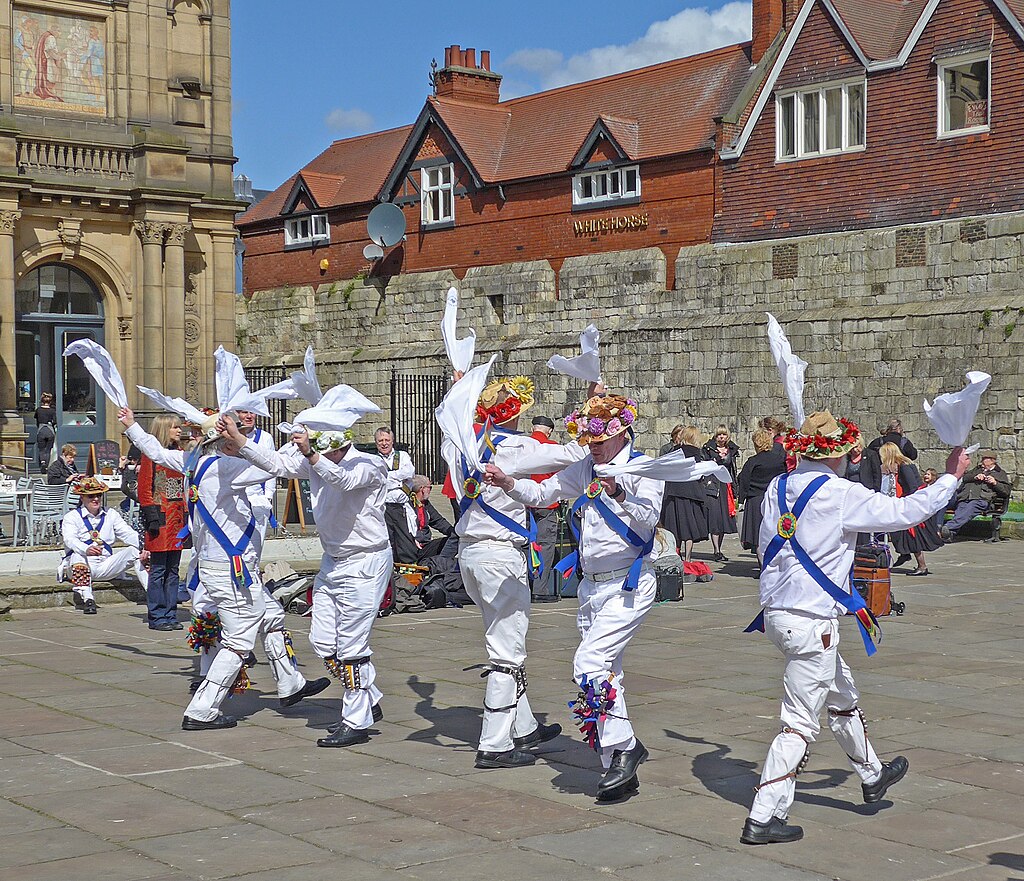
Morris dancing was once banned for being too rowdy!
Yes, truly!
In the 17th century, particularly during the Puritan era, Morris dancing was suppressed… not because it was silly, but because it was considered disorderly, irreligious, and dangerously festive.
All that leaping, jingling, stick-clashing and cider-swilling didn’t sit well with the more… austere minds of the day.
Authorities worried it encouraged idleness, drunkenness, and even a touch of lustful behaviour.
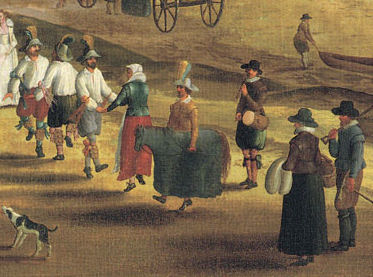
Imagine that…a few lads in bells and breeches being seen as a threat to public morality!
But in earlier times, Morris dancing was positively fashionable.
During the Tudor period, it was hugely popular. Henry VIII kept Morris dancers at court, and Queen Elizabeth I was said to be rather fond of the spectacle.
It appeared at fairs, festivals, and feast days up and down the land.
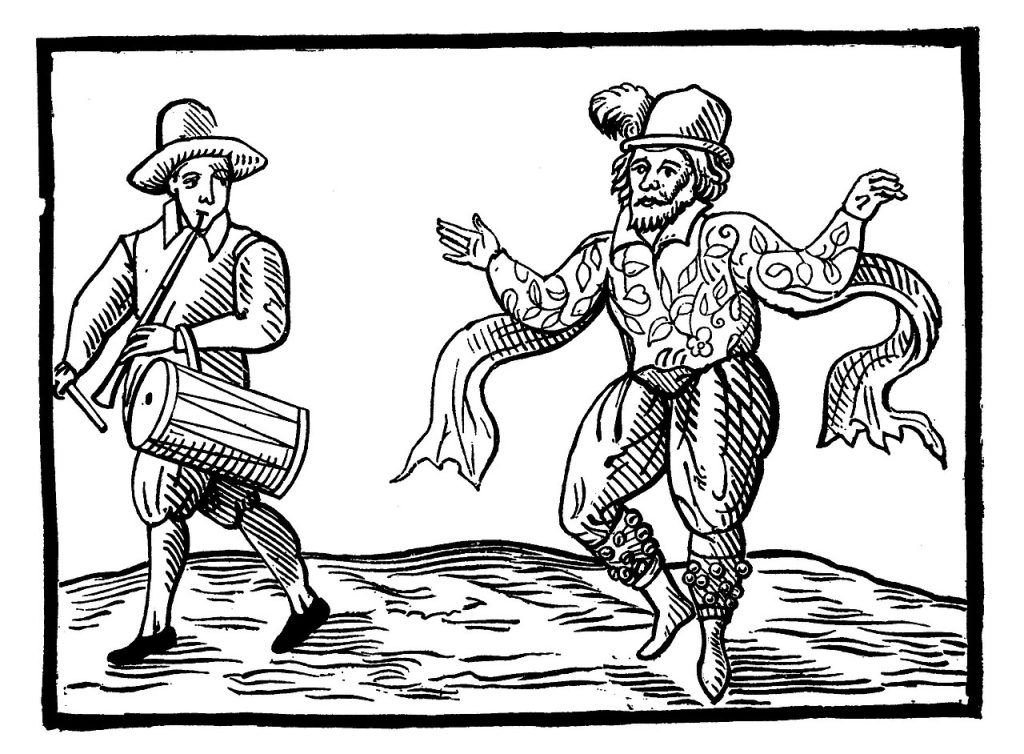
So next time you see Morris dancers jingle onto a village green, remember…they’re not just performing a bit of quaint English fluff…they’re reviving a rebellious, centuries-old tradition that once had the Puritans sweating in their steeple hats.
